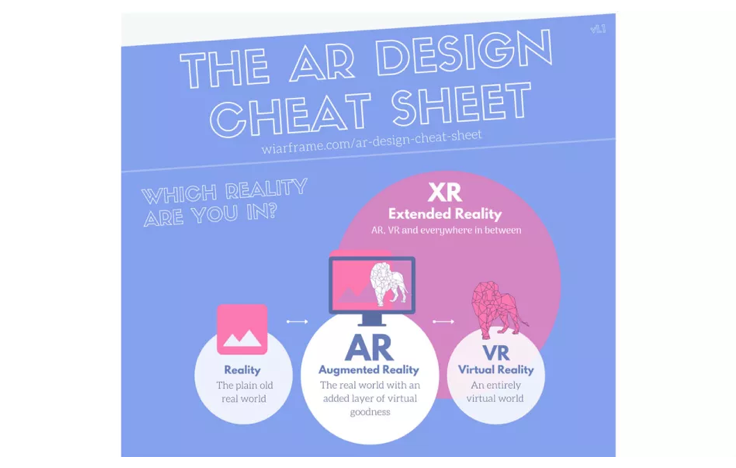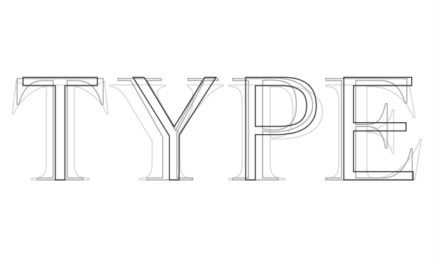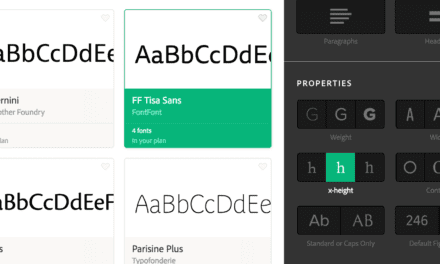ARTICLE SUMMARY: Back in the seventies you had to know a lot of stuff to be a designer. It was a lot of hands on work and computers were not part of the industry yet. Back then how many designers knew what a megabyte was.
For you younger designers designing something for print, think about this, back then if you needed to take a spot out of a persons face or lighten the skin tone in a photo, what did you do? You had to have color separations made on the photo with the issue, then take your color separations and go to dot etcher where it could take a day or more for him to fix the problem, then get a matchprint made to view his work and hope he nailed it on the first try. By the time you’ve finished it cost a small fortune in time and money.
I guess my point is as time marches on and technology advances and makes designing life easier and allows you to be more creative it also has some drawbacks. One of those drawbacks is knowledge retention. How do you remember all these programs, theories, terminologies and guidelines to do your job? Cheat sheets!
“12 ESSENTIAL CHEAT SHEETS FOR EVERY DESIGNER” by Jim McCauley and Daniel Piper is a resource they put together to help when you suddenly short circuit in the middle of a project and need help remembering how to do something or check on a guideline. Some of the cheat sheets are
- Manual photography cheat sheet
- AR design cheat sheet
- The iOS design guidelines
- Mobile app design – a cheat sheet
As Jim McCauley and Daniel Piper say, “It never hurts to have some helpful aides-memoire that’ll help you learn the things you need to know, jog your memory when you’re up against it and refine your workflow.
This is another great resource to have in your tool box should you ever need it. Let us know what you think in the comments.




